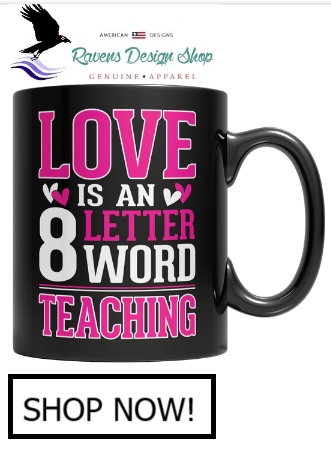In the vast landscape of the internet, blogs have established themselves as valuable platforms for information, education, and entertainment. But in the era of content saturation, simply creating great content is not enough. This is where blog funnels come into play—a strategic approach that goes beyond writing compelling articles to guide readers on a journey of engagement and action. In this article, we delve into the world of blog funnels and explore how they can elevate your blog's impact by effectively guiding readers to success.
Defining Blog Funnels: A blog funnel is a series of interconnected content pieces that guide readers through a carefully curated journey. The goal is to take readers from their initial interaction with your blog to a desired action, whether it's subscribing to your newsletter, signing up for a webinar, downloading a resource, or making a purchase.
Cultivating Interest and Awareness: The first stage of a blog funnel is to create content that captures readers' interest and addresses their pain points or interests. These top-of-funnel articles serve as entry points, drawing readers in and piquing their curiosity about the solutions or insights your blog offers.
Engagement and Value Delivery: As readers progress through the funnel, the content becomes more specific and value-driven. Mid-funnel content provides in-depth insights, actionable tips, and valuable information. This phase builds trust and establishes your authority in the niche, encouraging readers to invest more time on your blog.
Transitioning to Action: The ultimate goal of a blog funnel is to lead readers toward a specific action. This could be subscribing to your newsletter, downloading a free resource, or participating in a webinar. By strategically placing calls-to-action (CTAs) within your content, you encourage readers to take the next step on their journey.
Personalization and Segmentation: Blog funnels are effective because they cater to different segments of your audience. By analyzing reader behavior and preferences, you can personalize content recommendations and CTAs, offering a more relevant experience. This segmentation increases the likelihood of conversion.
Nurturing Relationships: Blog funnels extend beyond a single interaction. By capturing reader information through sign-ups or subscriptions, you gain the opportunity to nurture relationships through email marketing. Automated email sequences can provide additional value, nurture leads, and gently guide them toward more substantial actions.
Analyzing and Refining Strategies: One of the strengths of blog funnels is their data-driven nature. Through analytics, you can track reader engagement, conversion rates, and the effectiveness of your CTAs. This data empowers you to refine your strategies, optimize content placement, and adapt to readers' preferences.
Establishing Authority and Expertise: Blog funnels position you as an authoritative figure within your niche. By systematically addressing pain points and providing valuable solutions, you establish your expertise and build a reputation as a trusted source of information.
Creating a Cohesive Content Strategy: Blog funnels provide structure to your content strategy. By mapping out the journey readers take, you can ensure that your content aligns with your objectives and offers a seamless experience. This structure also aids in consistently delivering value to your audience.
Conclusion: Elevating Your Blog's Impact: In an age where attention spans are fleeting and content is abundant, blog funnels offer a strategic solution to captivate and guide readers toward meaningful actions. By cultivating interest, delivering value, and strategically placing CTAs, you can create a cohesive journey that resonates with your audience. Blog funnels not only increase engagement but also empower you to build lasting relationships and establish your blog as a go-to resource within your niche.

